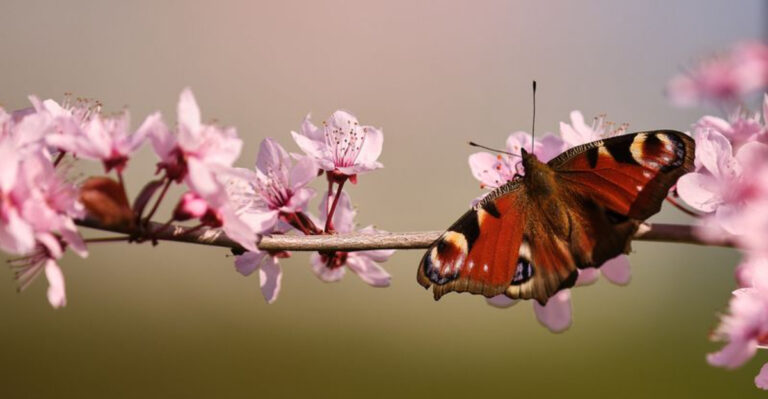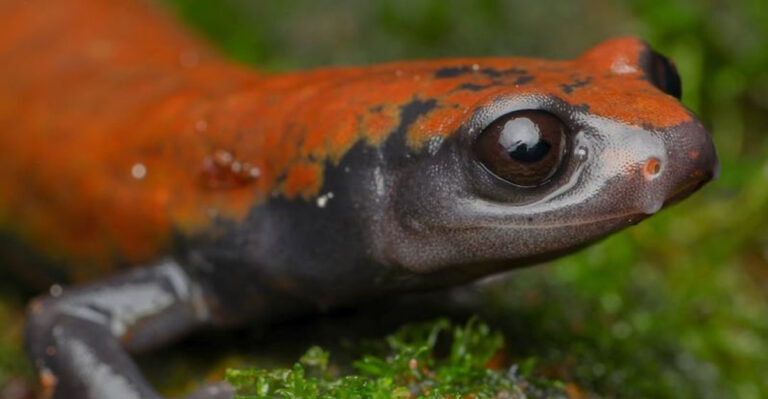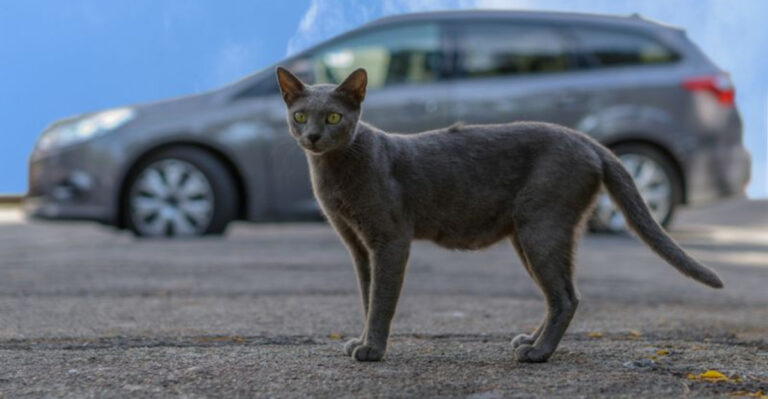Discovering The Untamed Beauty Of East Africa

East Africa’s wilderness pulses with untamed beauty and remarkable biodiversity. From the sprawling savannas to dense rainforests, this region hosts some of our planet’s most magnificent creatures.
Journey with me through the plains, waterways, and forests to discover 15 extraordinary animals that make East Africa a wildlife paradise unlike any other.
1. African Elephant

Towering over the savanna at up to 13 feet tall, these gentle giants communicate through rumbles that travel miles underground. Family herds led by wise matriarchs protect their young fiercely.
Their incredible memory helps them locate seasonal water sources even during severe droughts. A single elephant can consume 300 pounds of vegetation daily!
2. Lion
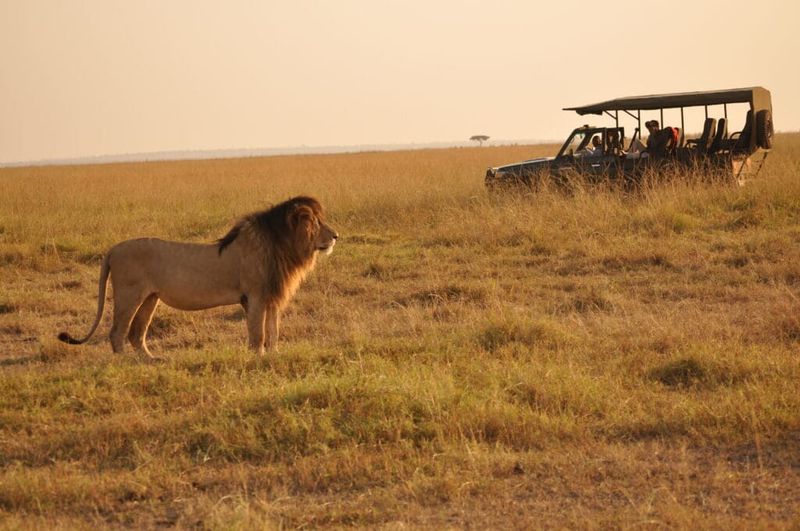
Pride life defines these magnificent cats, with females handling most hunting duties while males defend territory. Their thunderous roars can be heard up to five miles away, sending clear messages to rivals.
Unlike other cats, lions choose to live together, forming complex social bonds that strengthen their survival chances in the challenging East African plains.
3. Cheetah

Built for speed rather than power, these slender cats can accelerate from 0 to 60 mph in just three seconds. Their flexible spine, enlarged heart, and specialized paw pads work together as nature’s perfect racing machine.
Cheetahs hunt during daylight, using keen eyesight to spot prey from great distances across the open grasslands of East Africa.
4. Giraffe
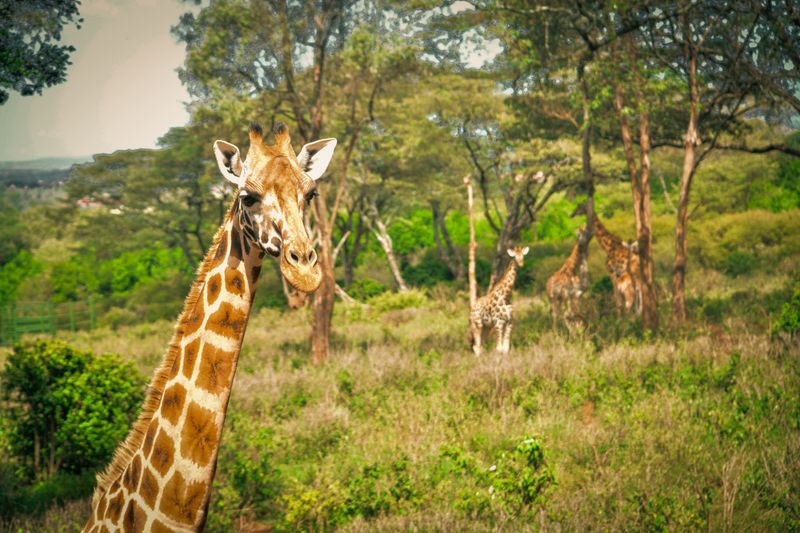
Standing majestically at 18 feet tall, giraffes possess a heart that weighs 25 pounds to pump blood up their incredibly long necks. Each animal has a unique spot pattern, like human fingerprints.
They sleep just 30 minutes daily, often in short five-minute naps. Their blue-black tongues extend 21 inches, helping them strip leaves from thorny acacia trees.
5. Zebra
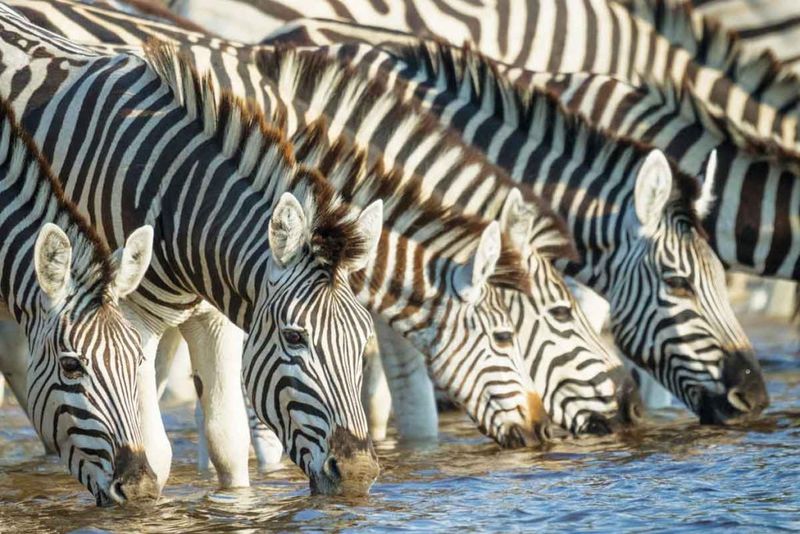
Those famous black-and-white stripes aren’t just for show—they create optical illusions that confuse predators and deter biting flies. Each zebra’s pattern is completely unique, allowing mothers to recognize their foals in herds.
These social animals form tight-knit family groups and can run up to 40 mph when threatened, zigzagging to escape lions.
6. Wildebeest
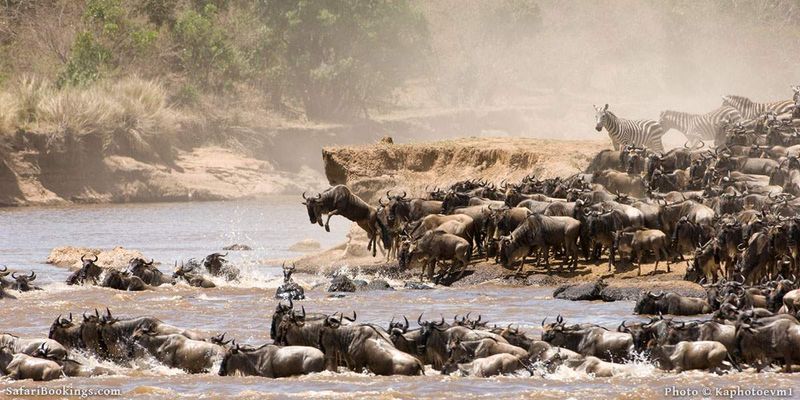
Over 1.5 million wildebeest thunder across East Africa in the world’s greatest migration. Newborn calves can stand within minutes and run with the herd within days—a necessary survival adaptation.
Their journey spans 1,800 miles annually, facing crocodile-infested river crossings and hungry predators. This spectacular movement is so massive it’s visible from space!
7. Black Rhinoceros
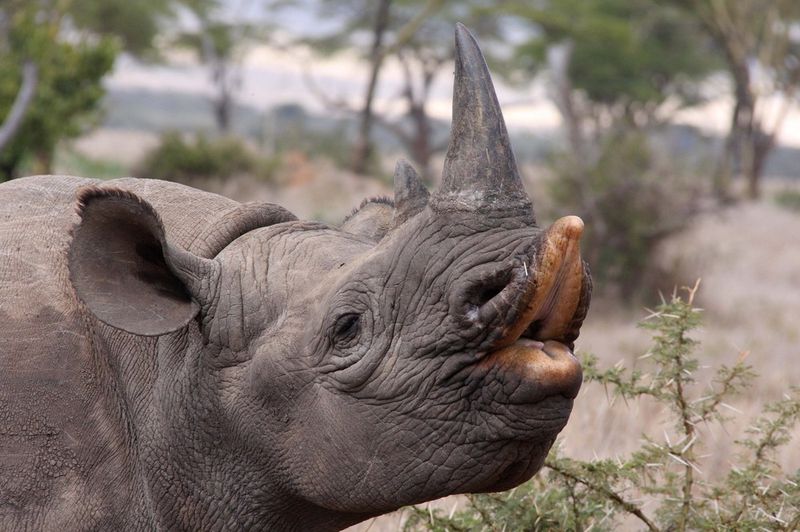
With their distinctive hooked upper lip, black rhinos carefully pluck leaves from thorny bushes. Despite their name, they’re actually gray—the “black” distinguishes them from white rhinos, which aren’t white either!
Tragically, poaching has reduced their population by 97% since 1960. Conservation efforts now include armed guards protecting the remaining 5,000 individuals in the wild.
8. African Buffalo
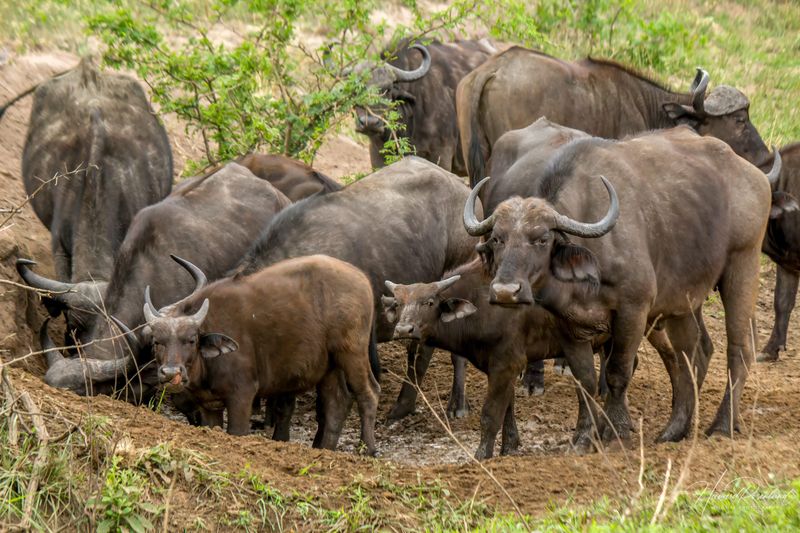
Nicknamed “the black death” by big game hunters, these unpredictable bovines are considered among Africa’s most dangerous animals. Their massive curved horns create a bone shield across their forehead called a “boss.”
Buffalo herds demonstrate remarkable solidarity, often returning to help injured members and even attempting to drive off attacking lions through coordinated defense.
9. Leopard
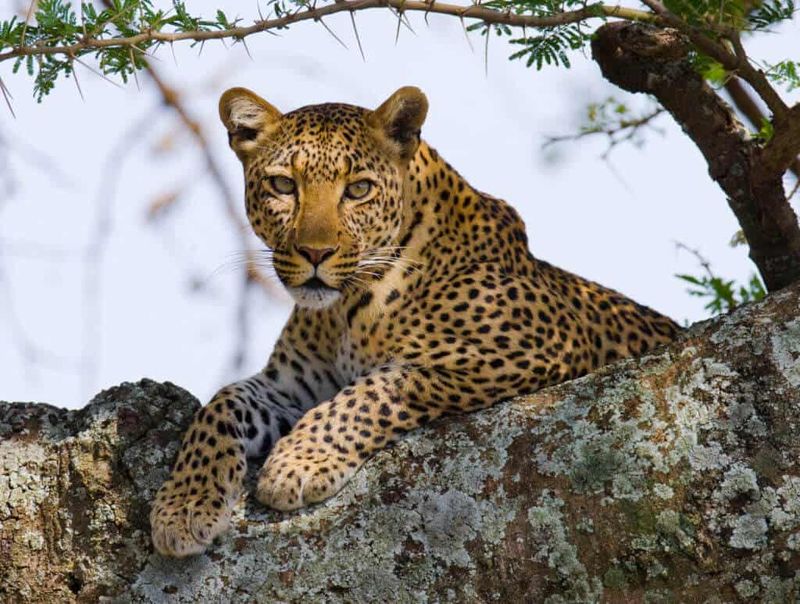
Masters of stealth and strength, leopards can haul prey twice their weight up trees to keep it safe from scavengers. Their beautiful rosette-patterned coats provide perfect camouflage in dappled forest light.
Unlike lions, these solitary cats establish territories through scent marking rather than roaring. East African leopards have adapted to various habitats from mountains to grasslands.
10. Hippopotamus
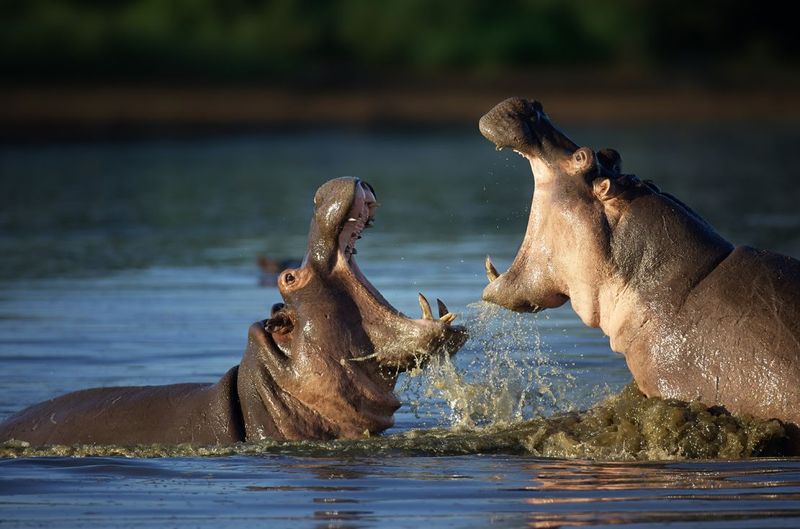
Despite their rotund appearance, hippos can outrun humans on land, reaching speeds of 30 mph! They spend up to 16 hours daily submerged in water, with specialized eyes and nostrils positioned high on their heads.
A hippo’s massive jaws can open 150 degrees, revealing tusks that can grow over 20 inches long. These vegetarians are surprisingly aggressive, causing more human fatalities than any other African mammal.
11. Hyena
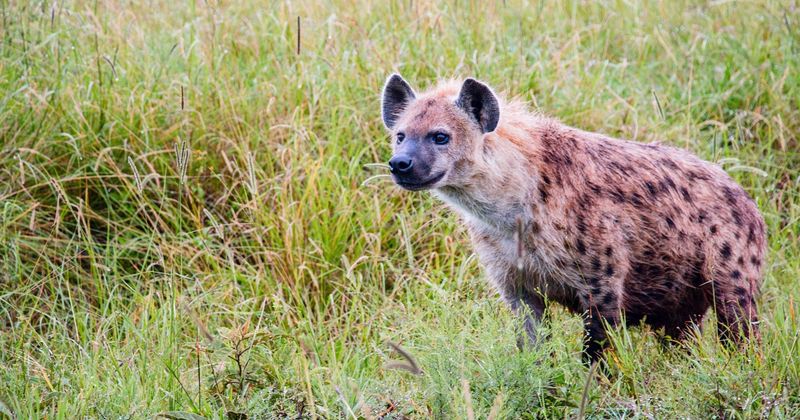
Forget their reputation as mere scavengers – spotted hyenas successfully hunt 95% of their food. Female hyenas outrank and outweigh males, with complex matriarchal clans led by alpha females who pass rank to their cubs.
Their eerie “laughing” call helps clan members locate each other across vast territories. Their jaws exert enough force to crush elephant bones, extracting valuable marrow other predators can’t access.
12. Nile Crocodile
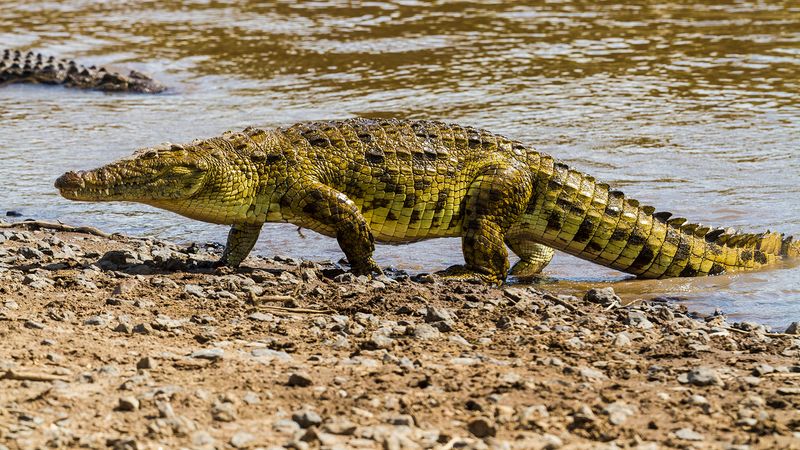
Ancient survivors unchanged for 200 million years, these armored predators can reach 20 feet long and live 70+ years. Their bite force exceeds 5,000 pounds per square inch—the strongest of any animal alive today.
Patient hunters, they can wait motionless for hours before striking with explosive speed. Female crocs are tender mothers, carrying hatchlings in specially adapted mouth pouches to water.
13. Flamingo

East African lakes transform into living pink carpets when millions of flamingos gather to feed and breed. Their distinctive color comes from beta-carotene in the algae and tiny shrimp they filter from alkaline waters.
These social birds perform synchronized dance rituals during courtship. They sleep standing on one leg—a posture that conserves body heat and requires less muscle energy than using both legs!
14. Baboons

Highly intelligent and adaptable, baboons form troops of up to 150 members with strict social hierarchies. Males establish dominance through size and fighting skills, while females inherit rank from their mothers.
Their expressive faces communicate complex emotions through subtle changes. Baboons use over 30 vocalizations plus body language to share information about food, danger, and social status within the troop.
15. Okapi

Often called “forest giraffes,” these shy relatives of giraffes remained unknown to Western science until 1901. Their striking zebra-like leg stripes provide perfect camouflage in dappled forest light.
Their blue-black prehensile tongues extend 18 inches, helping them strip leaves and clean their ears! Native to Uganda’s Semuliki Forest, these endangered beauties communicate through infrasound rumbles humans can’t hear.

